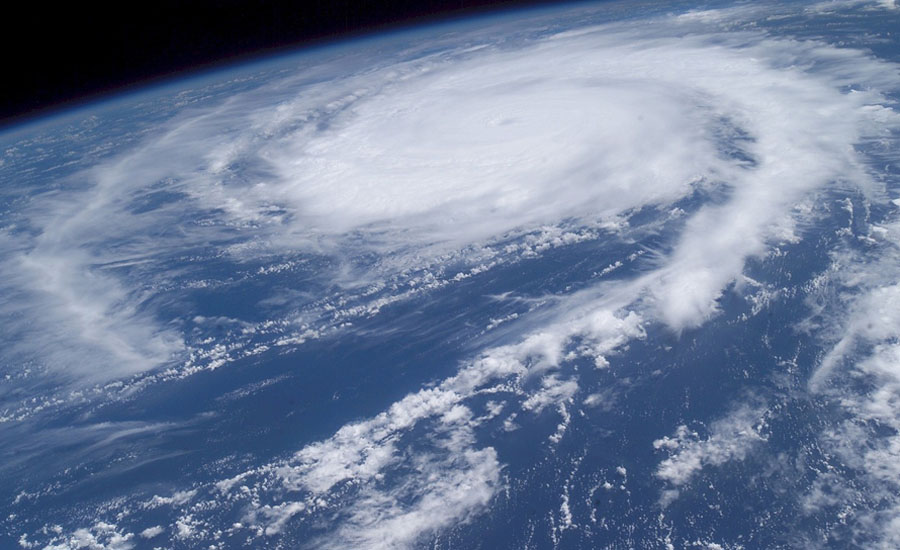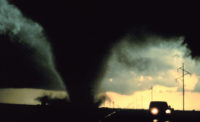With the destruction caused by Hurricane Dorian still making headlines, it’s a good time to review your facility’s preparedness for extreme weather, which can strike at work as well as at home. In addition to being peak time for both Atlantic and Pacific hurricanes (more on that below), September is also National Preparedness Month – a reminder that it’s vital to be ready for all kinds of natural disasters.
Emergencies can create a variety of hazards for workers in the impacted area. Preparing before an emergency incident plays a vital role in ensuring that employers and workers have the necessary equipment, know where to go, and know how to keep themselves safe when an emergency occurs. So does training.
To make sure you’re ready for nature-driven emergencies, start at OSHA's Emergency Preparedness and Response webpage. Hurricanes are can have sustained wind speeds of 74 miles per hour or higher. The strongest hurricanes can have wind speeds exceeding 155 miles per hour. Areas on the Atlantic Coast, near the Gulf of Mexico, as well as parts of the Southwestern United States are vulnerable to hurricanes. The Atlantic hurricane season lasts from June to November and peaks between August and October. The Eastern Pacific hurricane season begins mid-May and also ends in November. This page provides information on hurricane warnings, hazards that hurricanes cause, and precautions that workers and employers should take after a hurricane has occurred.
As consequential as they may be, hurricanes are not the only natural disaster that may affect your workplace. There is the possibility of earthquakes, floods, lightning strikes, tornadoes, wildfires and winter weather to contend with, depending upon your location.
The old axiom about hoping for the best and preparing for the worst is fitting when it comes to workplace safety and Mother Nature. Hopefully, your facility and workers will never be exposed to extreme weather, but if they are, making sure you’re ready is the best way to limit loss and safeguard lives.






